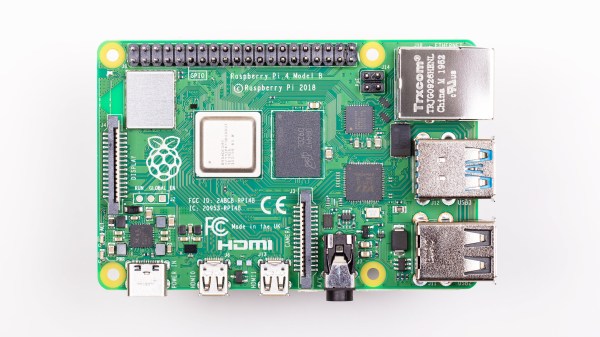In a brilliant write-up, [Stephen Tong] brings us his “Use-After-Free for Dummies“. It’s a surprising tale of a vulnerability that really shouldn’t exist, and a walkthrough of how to complete a capture the flag challenge. The vulnerable binary is running on a Raspberry Pi, which turns out to be very important. It’s a multithreaded application that uses lock-free data sharing, through pair of integers readable by multiple threads. Those ints are declared using the volatile keyword, which is a useful way to tell a compiler not to optimize too heavily, as this value may get changed by another thread.
On an x86 machine, this approach works flawlessly, as all the out-of-order execution features are guaranteed to be globally transparent. Put another way, even if thread one can speed up execution by modifying shared memory ahead of time, the CPU will keep the shared memory changes in the proper order. When that shared memory is controlling concurrent access, it’s really important that ordering happens the way you expect it. What was a surprise to me is that the ARM platform does not provide that global memory ordering. While the out-of-order execution will be transparent to the thread making changes, other threads and processes may observe those actions out of order. An example may help:
volatile int value; volatile int ready; // Thread 1 value = 123; // (1) ready = 1; // (2) // Thread 2 while (!ready); // (3) print(value); // (4)
Continue reading “This Week In Security:Use-After-Free For Dummies, WiFi Cracking, And PHP-FPM”















